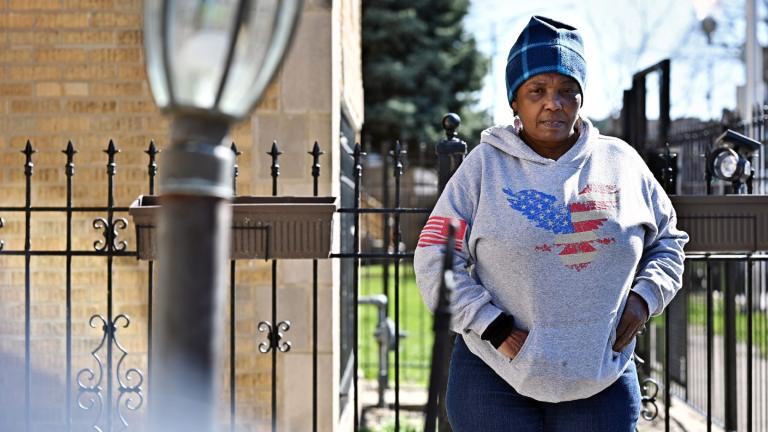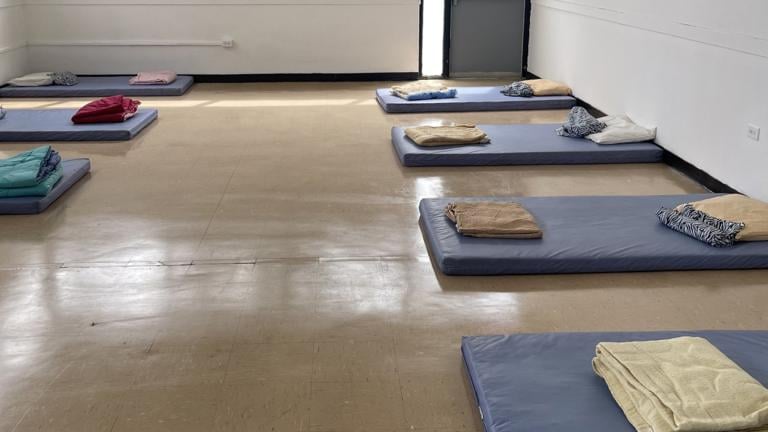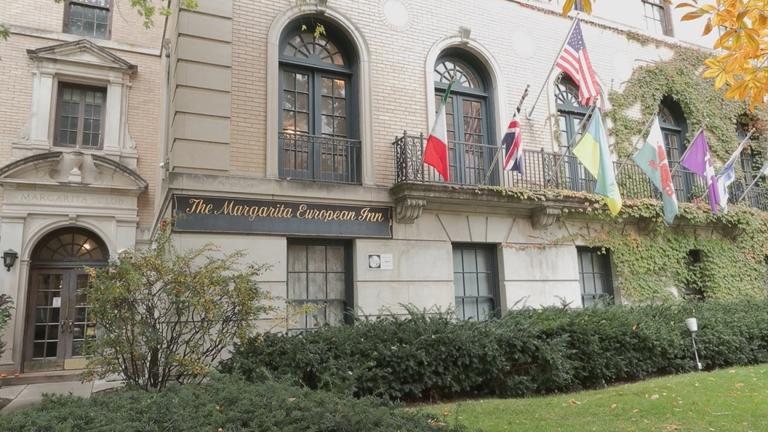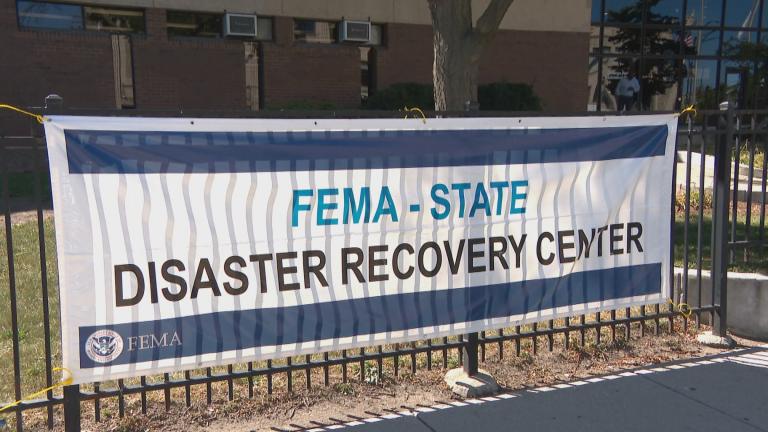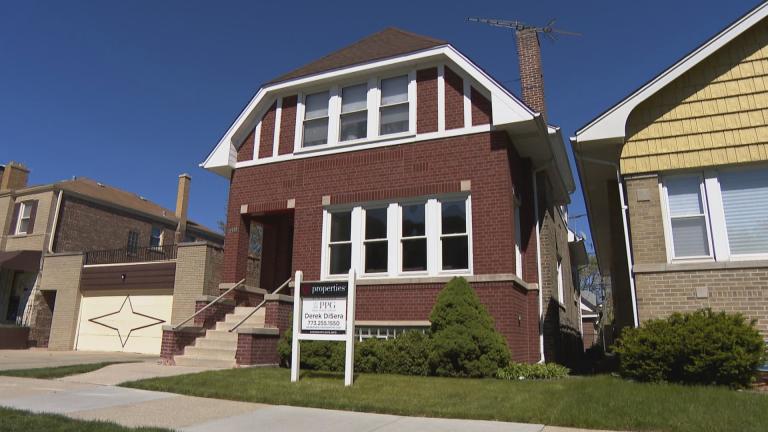Illinois has more units of local government than any other state. That fact has some critics asking the question: how much is too much?
Just exactly how many local government units there are in the state, including cities, counties, townships and other special purpose entities, is hard to say. The Illinois Policy Institute, a right-leaning think tank, found just over 6,032 units, while the Civic Federation found almost 9,000. The 2017 U.S. census found close to 7,000.
Whatever the precise number, Austin Berg, vice president of marketing for the Illinois Policy Institute, say it’s too high.
“We can barely get a reliable estimate on how many units of local governments there are. That’s how crazy this problem has really become,” said Berg.
“The problem with this massive proliferation of local governments throughout the state is that it was very easy to create these once-upon- time,” Berg said. “That’s why we have thousands and thousands and thousands. But it’s almost impossible to change them. To redesign them. To get rid of them. I think what most people in Illinois agree on is that we pay really, really high property taxes – the first or second-highest in the nation depending on how you calculate it – but we’re not getting the first or second highest quality in government services.”
Berg said his organization wants it to be easier for voters to decide on local units.
Jerry Crabtree is executive director of Township Officials of Illinois, which represents 1,426 townships in the state. He says Illinois’ complex urban and rural mix and the sheer size of the state both in terms of geography and population help explain why it has so many units of government – including townships.
“We’re the sixth largest state in the union (by population),” said Crabtree. “We’re both a rural and an urban state. And that rural and urban marriage of communities depends upon the different layers of government.”
Crabtree notes that townships are on the frontline providing some pretty basic services.
“There’s three primary services that township governments provide: road and bridge maintenance; property assessment; and general assistance — which is a form of public aid of last resort,” he said. “If a community provides more than those three primary statutory services, it’s because they’re responding to a community need.”
Crabtree also mentioned taxes when talking about townships’ role in Illinois residents’ lives.
“We have to remember that the average property tax that funds township government is about 2.5%,” he said. “So, it’s a very low percentage for the amount of services that they get.”
Township governments also maintain more than 72,000 miles of roads in rural areas, according to Crabtree.
“They say it’s where the pavement ends and the gravel begins,” said Crabtree. “And if township government were to be eliminated, who’s going to maintain all of those miles of road?”
Crabtree says that his organization has never been opposed to consolidation “if it makes financial sense” – but in his experience, previous efforts at consolidation have largely failed.
“It’s a very good press bite” for lawmakers to call for less government and that consolidation would save taxpayers money, said Crabtree. But he notes that only 2% to 3% of property taxes goes to townships, while 62% of most property tax bills in Illinois go to the school district. “And if my math is correct, that’s not going to solve the property tax problem.”

